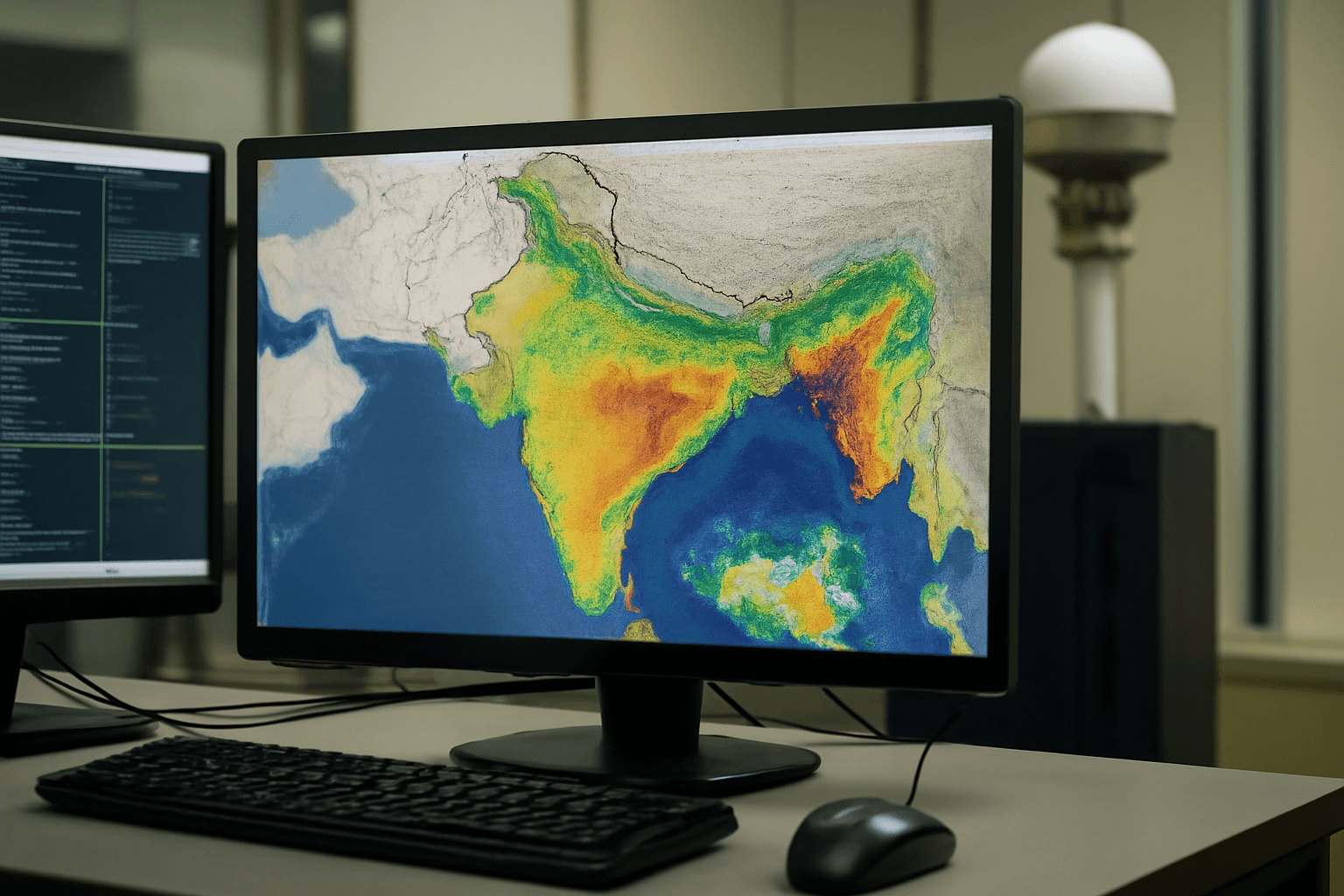Typhoon Podul Prompts Preemptive Shutdown in Southern Taiwan
As Typhoon Podul barrels toward Taiwan, authorities have taken decisive steps to ensure public safety, shutting down large parts of southern and eastern regions. With wind gusts expected to reach 191 kph (118 mph), the typhoon poses a serious threat to communities, prompting widespread evacuations and transportation disruptions.
Storm Track and Intensity
Originating in the Pacific, Podul is classified as a mid-strength typhoon with gusts measured up to 155 kph (96 mph), intensifying steadily as it approached the southeastern city of Taitung. Forecasters predict landfall near Taitung by Wednesday afternoon, a region known for its mountainous and sparsely populated coastline.
Preventive Measures and Evacuations
In anticipation of potentially destructive winds, local governments across nine cities and counties, including the urban hubs of Kaohsiung and Tainan, suspended all work and school activities on Wednesday. Interestingly, Taiwan’s capital, Taipei—the country’s financial heartbeat—remained unaffected by these closures due to its more northerly location.
The Central Weather Administration issued urgent mobile alerts to residents, warning of gusts exceeding 150 kph (93 mph) and urging immediate sheltering measures.
Adding complexity to the situation, relief efforts are ongoing for those displaced by a July typhoon that severely impacted Taiwan’s west coast, causing record-breaking winds and widespread power outages. Nearly 5,000 residents have been evacuated as a precaution against Podul’s impact.
Transportation Impact and Flight Cancellations
To mitigate risks, all domestic flights in Taiwan were cancelled on Wednesday, disrupting travel plans nationwide. Major international airlines based in Taiwan, including China Airlines and EVA Air, postponed several international departures.
Forecasted Rainfall and Wider Regional Implications
Beyond Taiwan, Podul is expected to traverse the island and proceed toward China’s southern province of Fujian by week’s end. Heavy rains are predicted, with southern mountainous areas potentially receiving up to 600 mm (24 inches) of rainfall over subsequent days.
This spell of intense rain comes hot on the heels of an unprecedented rainfall event earlier this month that overwhelmed southern Taiwan with more than a year’s worth of precipitation in just one week, resulting in catastrophic floods, landslides, and four fatalities.
Expert Insight: The Increasing Challenge of Typhoons in Taiwan
From a policy perspective, Taiwan’s frequent exposure to typhoons underscores the urgent need for resilient infrastructure and disaster preparedness strategies tailored to its unique geography. The eastern coast, though less populated, faces consistent typhoon threats due to its direct exposure to Pacific typhoons’ usual paths.
Economically, flight cancellations impact not only tourism but also logistics and supply chains, highlighting the typhoon’s ripple effects beyond immediate physical damage. Furthermore, evacuation readiness and communication via real-time alerts reflect crucial advances in public safety protocol.
Summary
- Typhoon Podul is set to make landfall near Taitung, with damaging winds up to 191 kph.
- Southern Taiwan’s major cities suspended work and schools; Taipei remained open.
- Thousands evacuated due to risk and prior damages from earlier typhoons.
- Domestic flights fully cancelled; some international flights delayed.
- Forecasts warn of heavy rainfall and secondary impacts in southern Taiwan and China.
Editor’s Note
Typhoon Podul’s approach highlights not only the immediate risks to Taiwan’s southern regions but also brings attention to broader questions about climate resilience in typhoon-prone areas. How can local governments better support vulnerable communities, especially those still recovering from prior storms? What strategies can be implemented to minimize economic disruptions without compromising safety? As climate change possibly intensifies storm patterns, these discussions take on increased urgency—for Taiwan and the wider Asia-Pacific region.



















